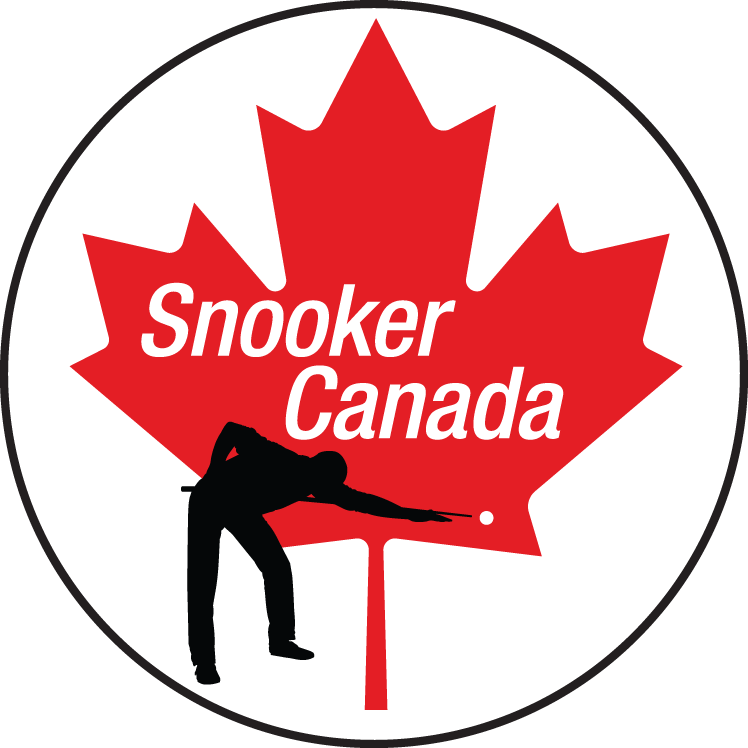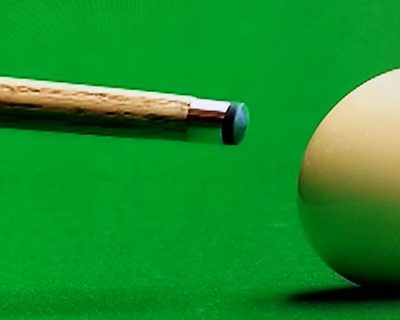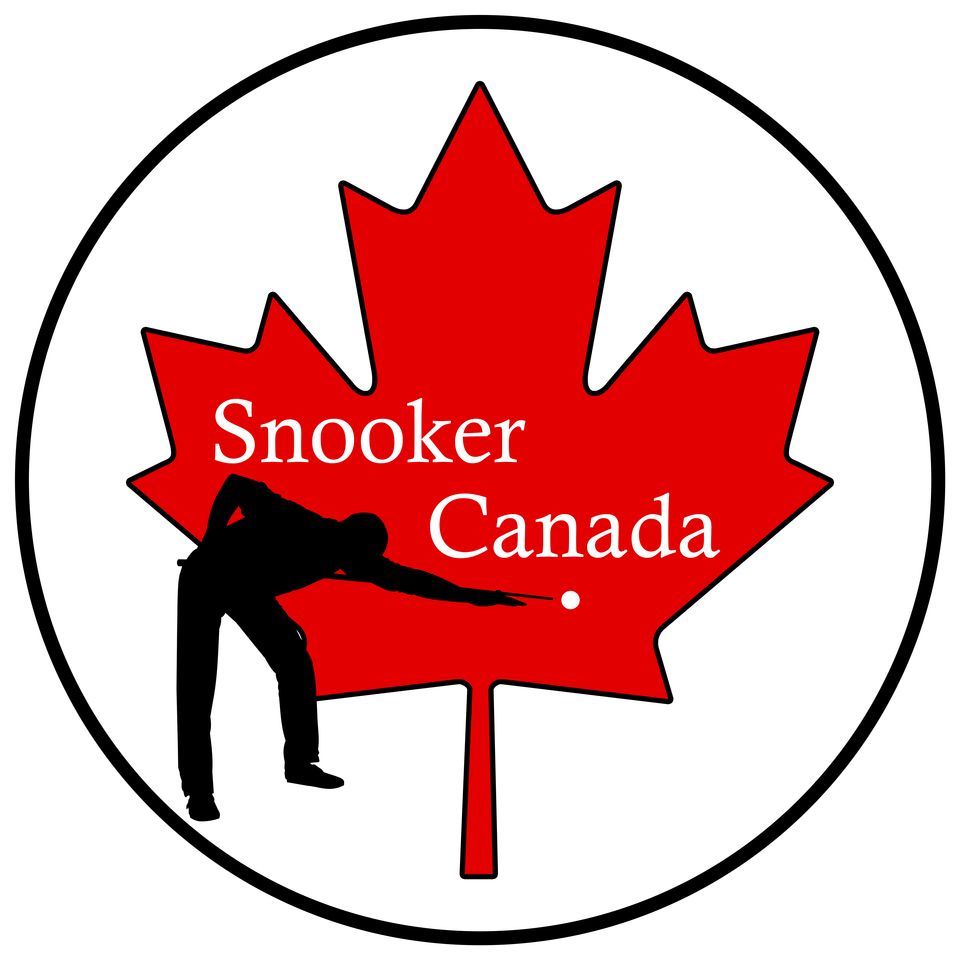Snooker Cue Tips – The Breakdown (Part 2)
The Second Style of Manufacturing Technique
Layering or laminating is the second way that cue tips are now manufactured and is regarded as the much more modern technique.
These tips began to be produced by hand in 1983 by Japanese maker Moori Kobo (founded by Hideo Moori). After the tips huge success a factory was then needed to keep up with supply.
It was not until the WPA World 9 Ball Champiopnsips in 1994 that Moori tips got their break through, a break through that then forced other manufacturers to go the same route.
Laminated tips were first brought in for the larger American game that required 12-14mm tips but in the early 2000s manufacturers like Talisman saw a market for the smaller snooker sizes.
Soft, Medium or Hard?
Choosing the density of a tip is quite important but generally comes down to two things. Personal preference and what you want to get out of the cue ball.
When it comes to layered tips even a soft tip can feel hard compared to an Elkmaster.
This is because that the hardness is actually measured as a rebound rate.
A soft tip grips the cue ball for longer on contact therefore, in theory, enabling you to generate more spin on the white.
A softer tip however does tend to lose it’s shape quicker and require more maintenance. Because of the maintenance and can mean replacing a soft tip more frequently.
Due to the fact that a layered tip is made from sheets of leather, then glued, and quite often vacuum pressed together it makes for a slightly harder surface anyway.
Due to this layered tips will last longer and will not lose there shape as much as a pressed leather tip.
In the layered tips we class the following tips as soft:
Black Heart Premium #1
Black Heart Ox Bridge
Talisman Pro Soft
Kamui Original Super Soft & Soft
Kamui Black Super Soft & Soft
Kamui Clear Original Super Soft & Soft
Kamui Clear Black Super Soft & Soft
Predator Victory Soft
Medium cue tips seem to be the most popular but I think some of this is psychological, we as humans tend to always opt for something in the middle!
Talisman Pro
Talisman WB Medium
Kamui Snooker Original Medium
Kamui Snooker Black Medium
Predator Victory
Kamui Black
Kamui Original
Kamui Clear Original
Kamui Clear Black
A hard tip in comparison will not contact the cue ball for as long. We are only talking milliseconds but it does make a difference. In fact Moori call their hard tip a ‘Quick’ due to the speed the tip rebounds to it’s natural shape after contact.
All laminated cue tips do require a bit more maintenance on the tip surface. The surface can become shiny and hardened so struggles to hold chalk. A bit of fine grade sandpaper does the job and loosens fibres so chalk will stick.
If you want a Hard tip then the following are available:
Talisman Pro (Hard and Extra Hard)
Talisman WB
Kamui Snooker Medium-Hard
Predator Victory
Kamui (All types)
Questions and Trials
We recommend to try as many cue tips as they can in order to find one that they really like and can play to their best ability with.
Buying laminated tips can be expensive if you are doing it just as a trial so if you don’t want to spend the money all the time then I suggest trying other tips in your local club or from friends if you can.
Thank you goes out to Peter Williams at Billiards Boutique for allowing us to pass on this valuable information.
To read the article directly, visit
https://www.billiardsboutique.com/blogs/news/the-great-cue-tip-debate-part-1


